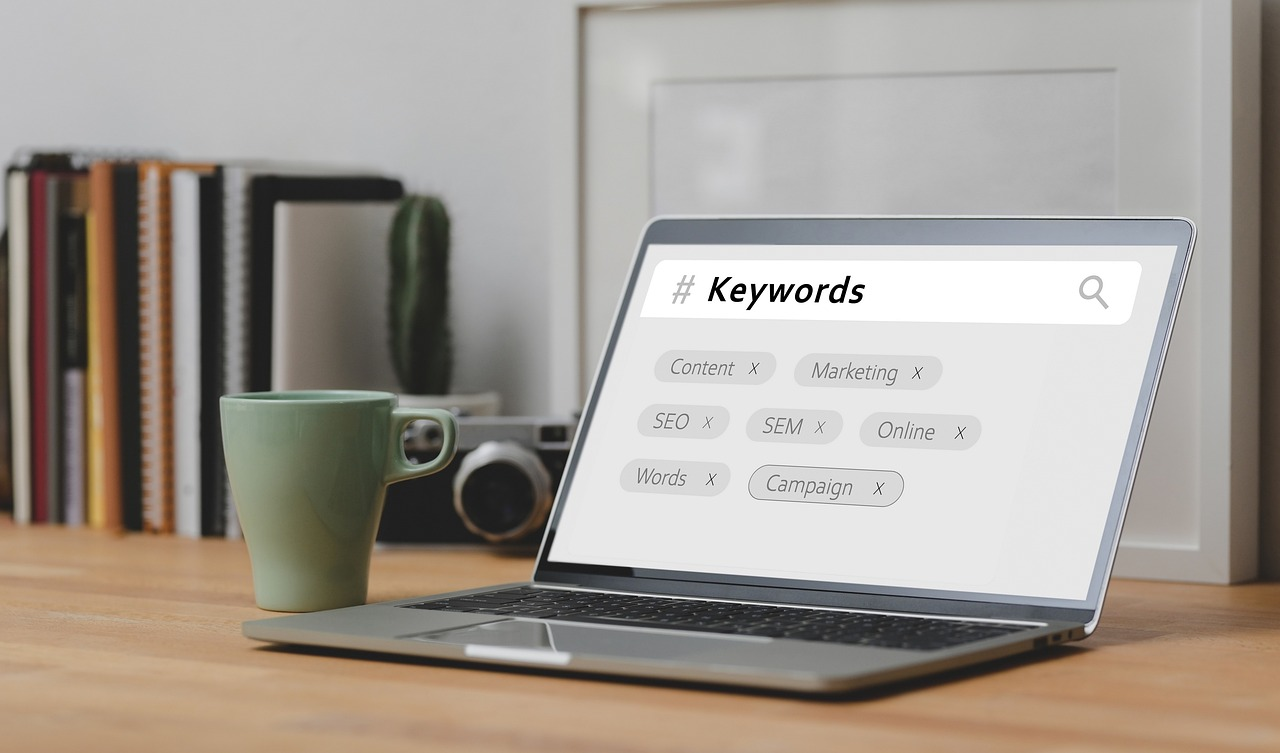Content Repurposing Checklist

In today’s fast-paced digital landscape, content repurposing is a crucial strategy that can help you maximize your reach, save time, and enhance your overall content marketing efforts. By repackaging existing content into various formats, you can engage different audience segments and reinforce your brand message. This checklist will guide you through the essential steps for effective content repurposing.
1. Identify Your High-Performing Content
Begin by analyzing your existing content to determine which pieces have performed the best. Look for blog posts, videos, infographics, or social media posts that garnered significant engagement, shares, or conversions. Tools like Google Analytics can help you track performance metrics, such as page views, bounce rates, and average time on page.
2. Choose New Formats
Once you've identified your top-performing content, think about how you can transform it into different formats. Here are some ideas:
- Blog Post to Video: Create a video summarizing the key points of your blog post.
- Podcast Episode: Discuss the topic in a podcast format to reach auditory learners.
- Infographic: Visualize data or key insights for easier consumption.
- Social Media Posts: Break down the content into bite-sized posts for platforms like Instagram or Twitter.
3. Update and Optimize Content
When repurposing content, make sure to update any outdated information. This not only ensures accuracy but also adds value for your audience. Additionally, optimize the new content for SEO by incorporating relevant keywords, meta descriptions, and appropriate tags. For instance, if you're converting a blog post into an infographic, include keywords in the graphic file name and alt text.
4. Create a Distribution Plan
A well-thought-out distribution plan is essential for reaching your audience effectively. Determine which platforms are best suited for your repurposed content. For example, share videos on YouTube and social media, while posting infographics on Pinterest or your blog. Consider the timing and frequency of your posts to maximize visibility and engagement.
5. Monitor and Measure Performance
After distributing your repurposed content, monitor its performance using analytics tools. Track metrics such as engagement rates, shares, and conversions. This will help you understand what resonates with your audience and refine your future content repurposing efforts.
6. Encourage Engagement
Promote audience interaction by encouraging comments, shares, and discussions around your repurposed content. Ask questions, create polls, or initiate discussions to foster community engagement. This not only builds relationships with your audience but also enhances brand loyalty.
7. Document Your Process
Finally, create a content repurposing checklist or template in Google Docs to streamline future efforts. Document your workflow, including which types of content you’ve repurposed and the formats used. This will help you maintain consistency and efficiency in your content strategy.
FAQ
Q: What is content repurposing?
A: Content repurposing involves taking existing content and modifying it into different formats to reach a broader audience and enhance engagement.
Q: Why is content repurposing important?
A: It allows you to maximize the value of your content, save time, and reach different audience segments, ultimately improving your marketing strategy.
Q: How often should I repurpose content?
A: You can repurpose content as often as it remains relevant. Regularly assess your existing content to identify opportunities for repurposing.
Q: Can I repurpose content across different platforms?
A: Yes, repurposing content across various platforms is an effective way to reach different audience segments and increase visibility.